


Resident deer tag |
$24.75 |
Nonresident deer tag |
$351.75 |
Resident junior deer tag |
$12.50 |
Nonresident junior mentored deer tag |
$176.75 |
Resident controlled hunt application fee |
$6.25 |
Nonresident controlled hunt application fee |
$18 |
Resident deer tag | $24.75 |
Nonresident deer tag | $351.75 |
Resident junior deer tag | $12.50 |
Nonresident junior mentored deer tag | $176.75 |
Resident controlled hunt application fee | $6.25 |
Nonresident controlled hunt application fee | $18 |
Idaho’s rugged terrain and diverse habitats has quietly produced some of the biggest mule deer bucks in the West, even though the state is often overshadowed by more well-known trophy destinations. From high alpine basins to desert foothills, Idaho’s landscape offers the space and conditions needed for bucks to reach exceptional age and antler quality.
Mule deer opportunities come through a mix of general-season tags and controlled hunts. General tags provide flexible options for hunters and, in some cases, can also be used to harvest whitetails. General tags are available over-the-counter for residents but must be drawn by nonresidents. Controlled hunts, on the other hand, offer access to select units or specific time periods, with some permits valid for multiple units and others confined to a single area or subunit. Idaho uses a pure lottery system—no preference or bonus points—so every applicant starts with the same odds each year. While difficult tags still require luck, the chance of drawing a quality mule deer hunt in Idaho is often far better than in many limited-entry systems across the West.
Idaho doesn’t always offer the sheer deer numbers found in states like Colorado or Utah, but that lower density—combined with vast, lightly pressured country—plays a major role in why trophy-caliber bucks emerge every year. Most rut hunts are limited or only available through the controlled draw, helping preserve both herd structure and age class. For hunters willing to work hard in big, wild country, Idaho remains one of the West’s most rewarding mule deer destinations.
** Units listed below may not have a current hunt for this species. Units in this table are included if any part of the unit is found within the county.
** Units listed below may not have a current hunt for this species. Units in this table are included if any part of the unit is found within the county.
Applications are submitted online
A good percentage of bucks are mature and have four point racks
Apply for controlled permits
The minimum age to hunt was lowered from 12 years to 10 years of age
Some hunts are for youth hunters only
Hunters, especially youth hunters, may shoot bucks or does in many areas
In some flat areas, only short-range weapons may be used
Mule deer hunters in most areas may take a whitetail if a big buck presents itself
A maximum of 10% of controlled hunt tags go to nonresidents
In actuality nonresidents get far less than 10% of controlled tags
In some areas a small number of controlled tags are reserved for outfitters’ clients
Bucks exceeding 190” B&C live in much of central and southern Idaho
Idaho has some of the best trophy mule deer genetics in the west
Some bucks grow to record-book size in general season units
Mule deer numbers are low in northern Idaho
Many units are primarily public land
Some private land is open to hunting though game department arrangements
Most general rifle seasons are in October, when big bucks are mostly nocturnal
By switching units, general tag holders can hunt many weeks a year